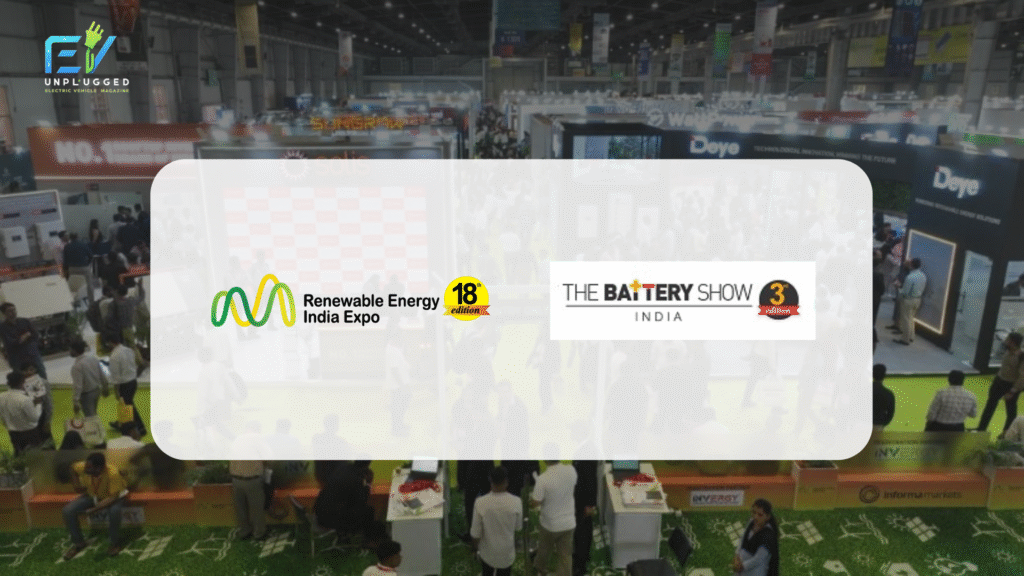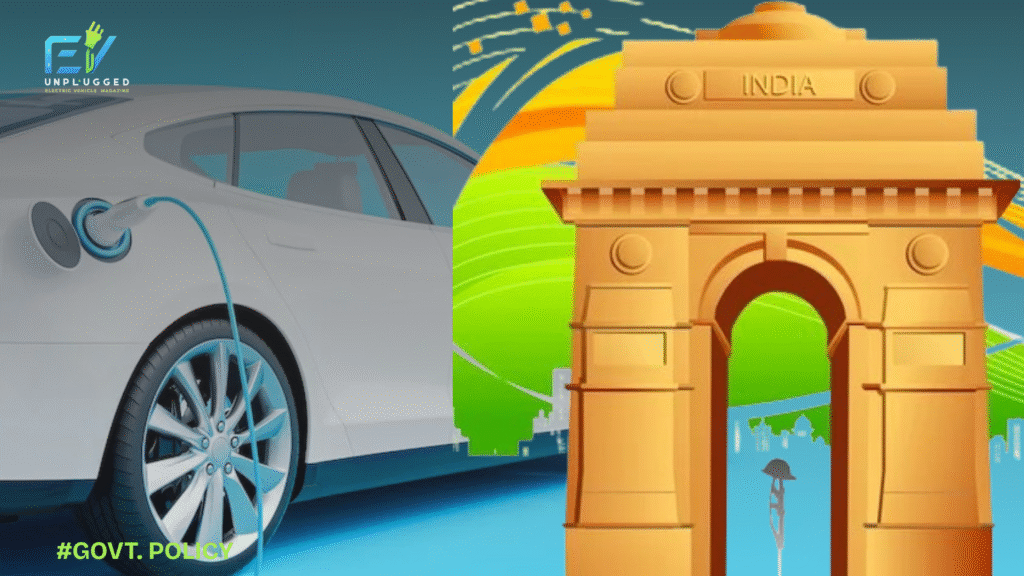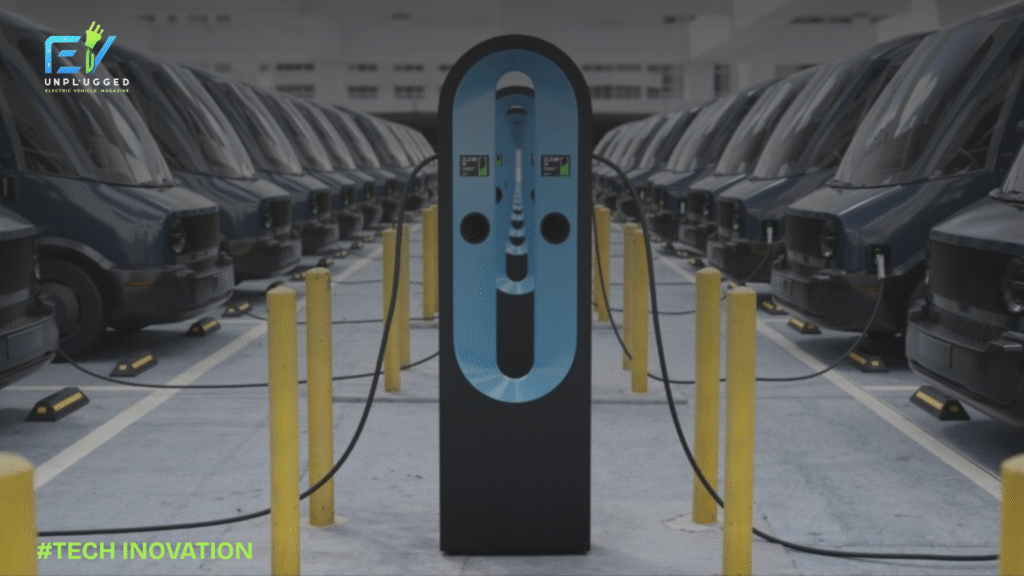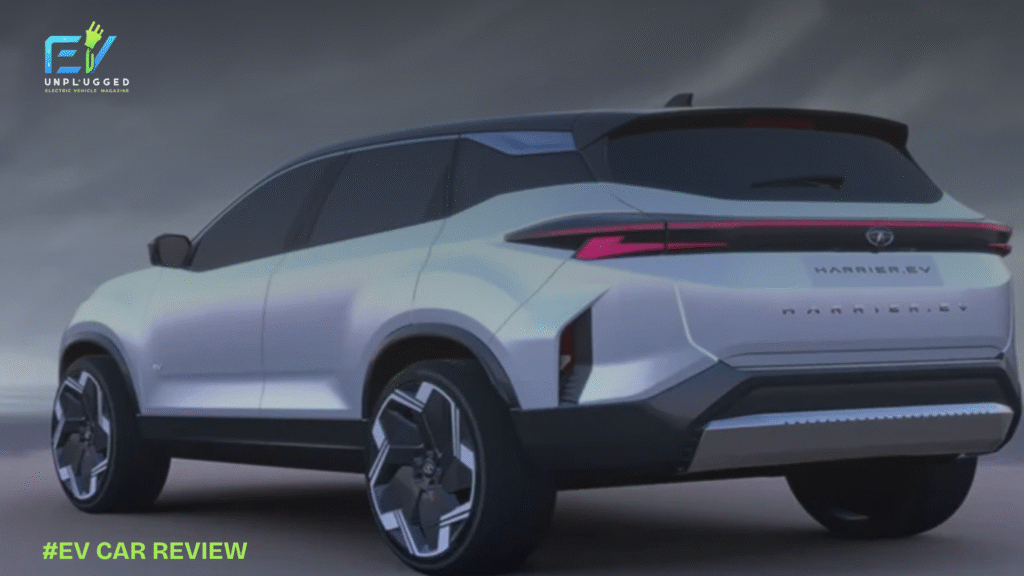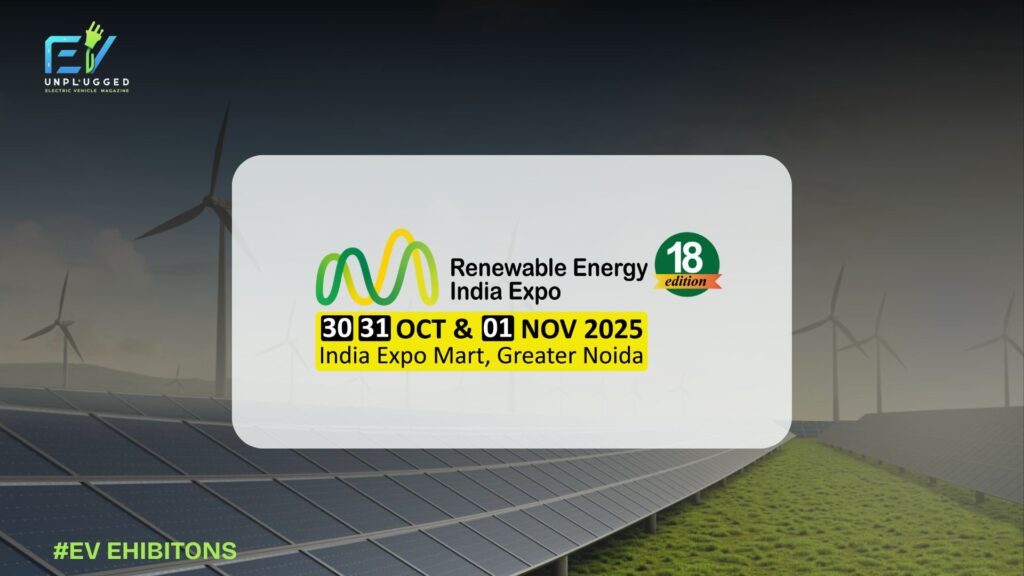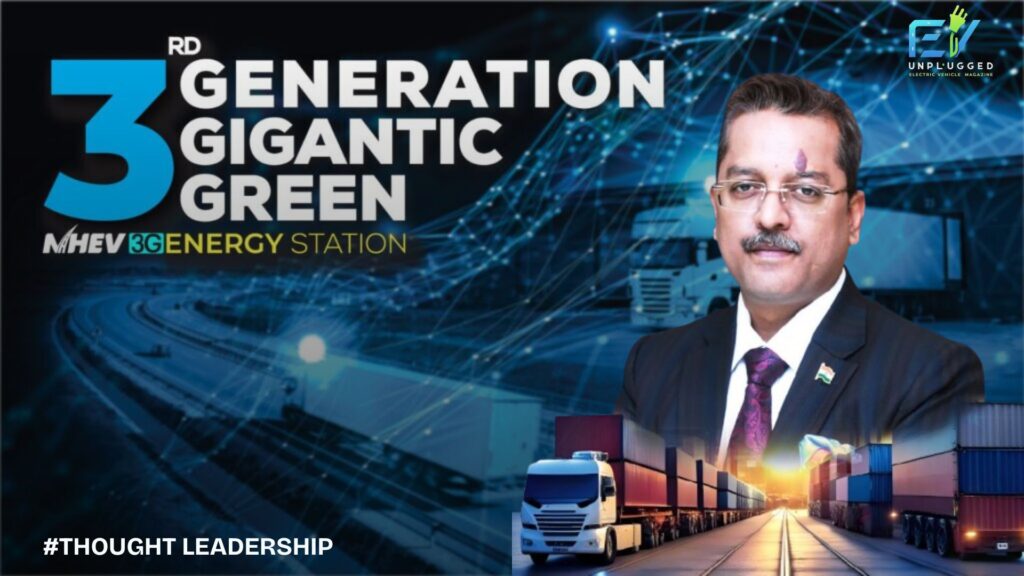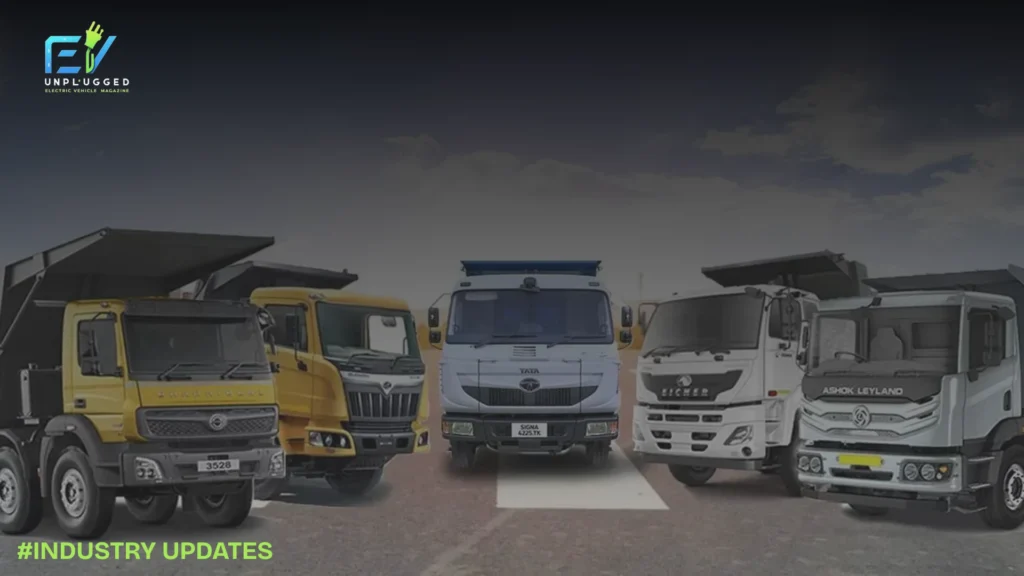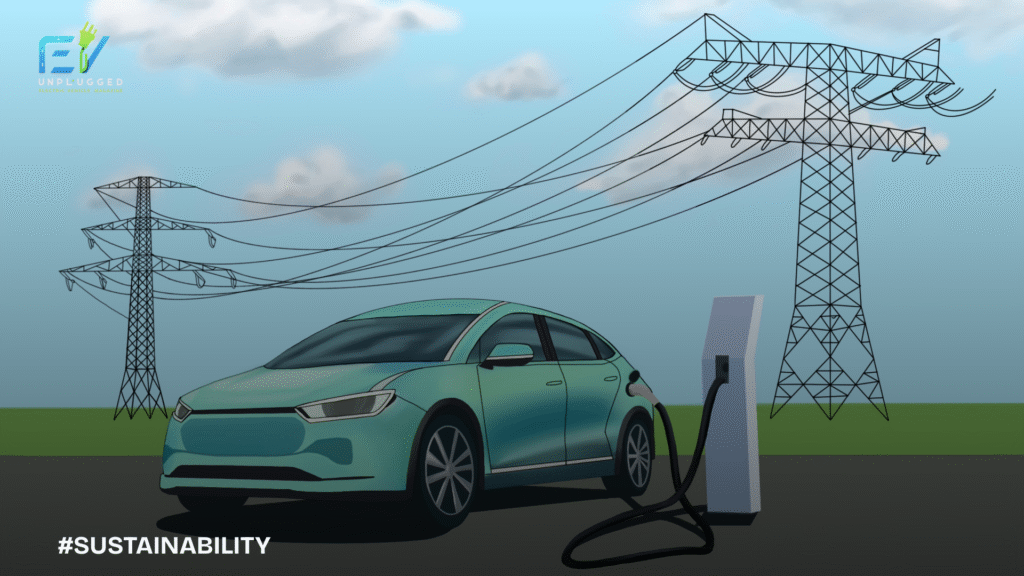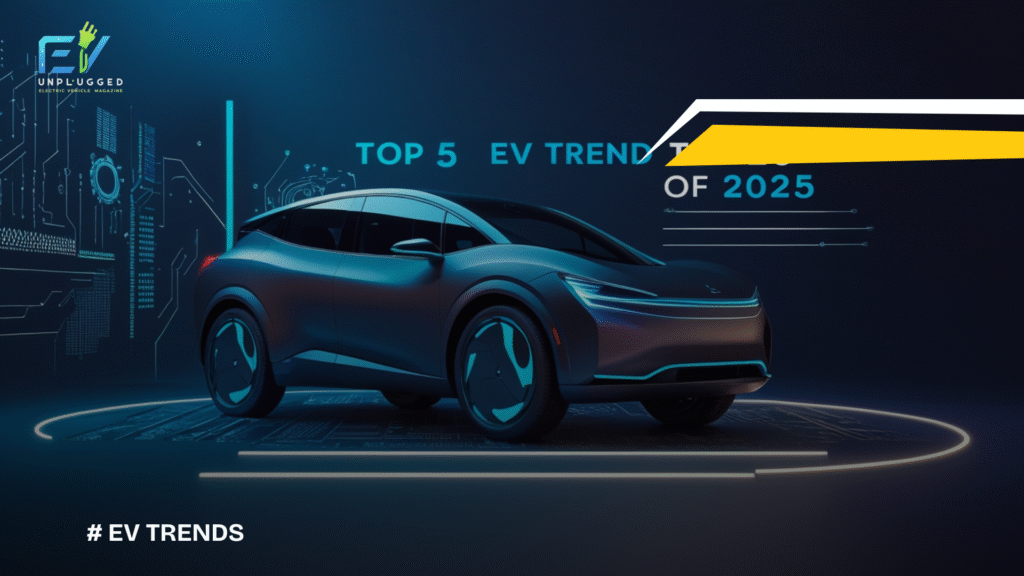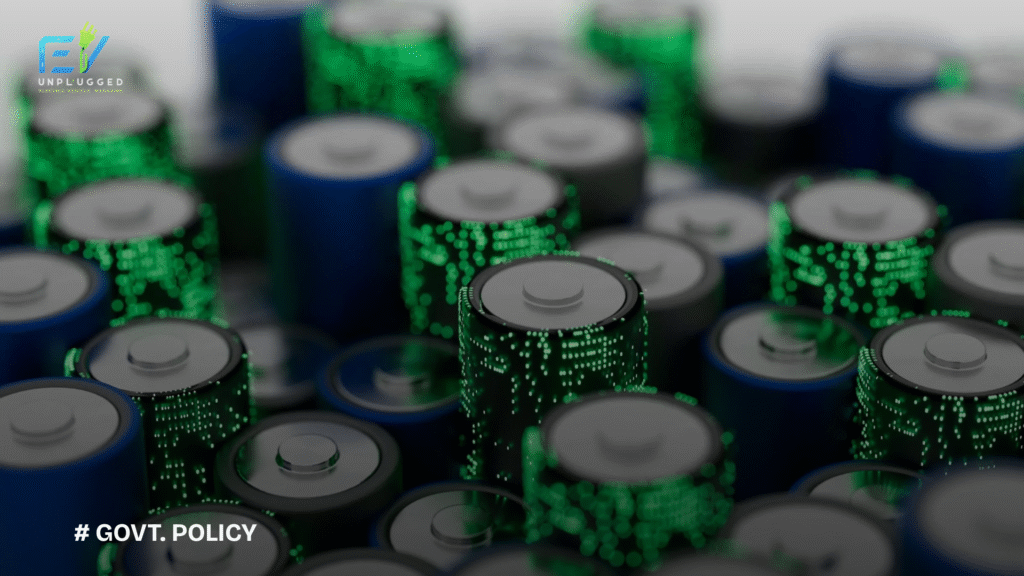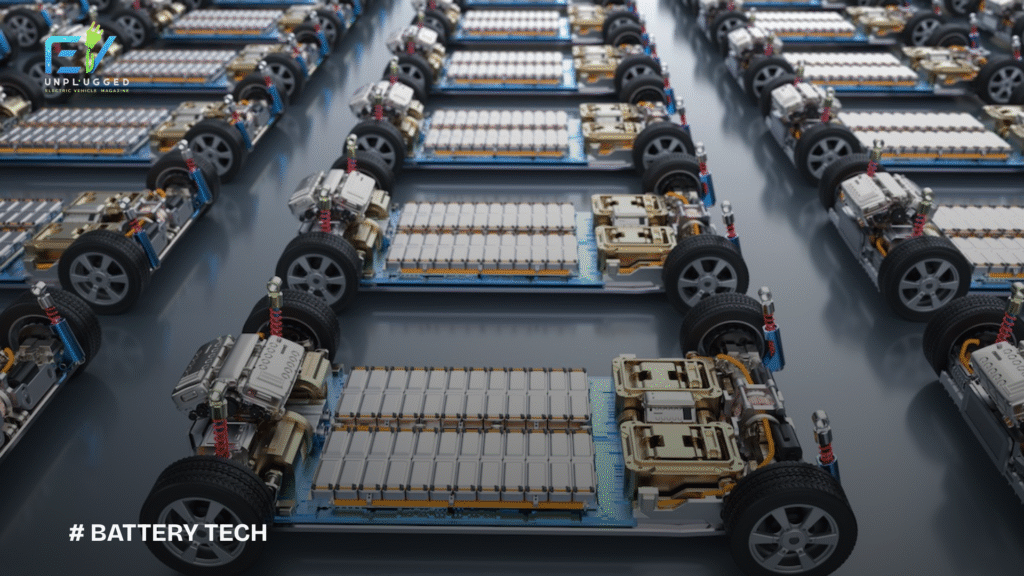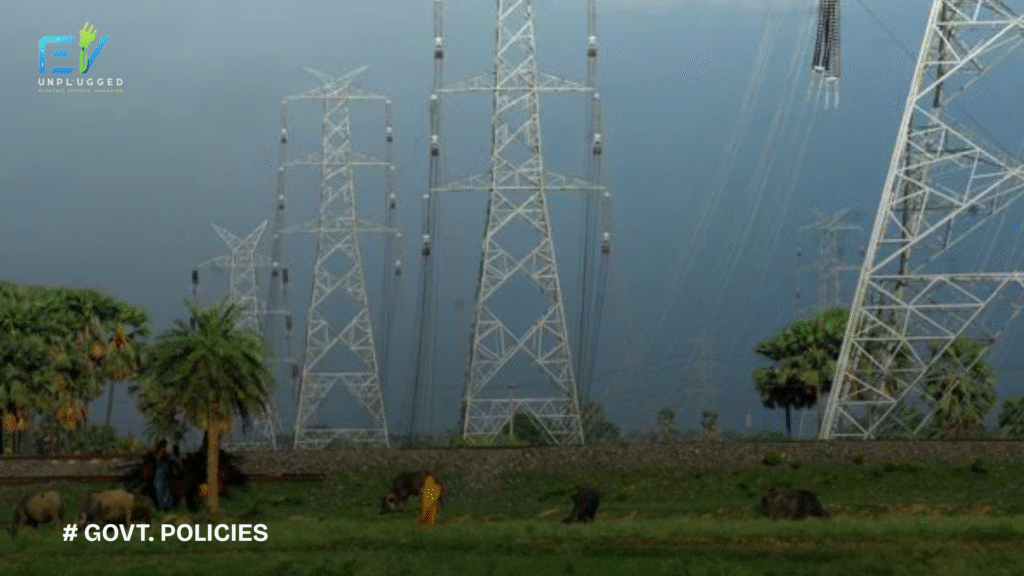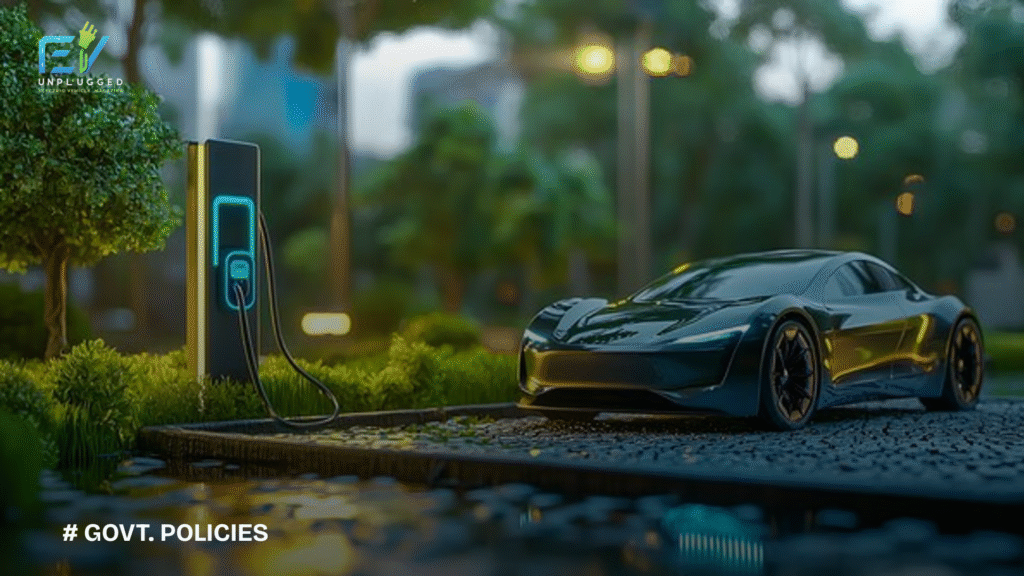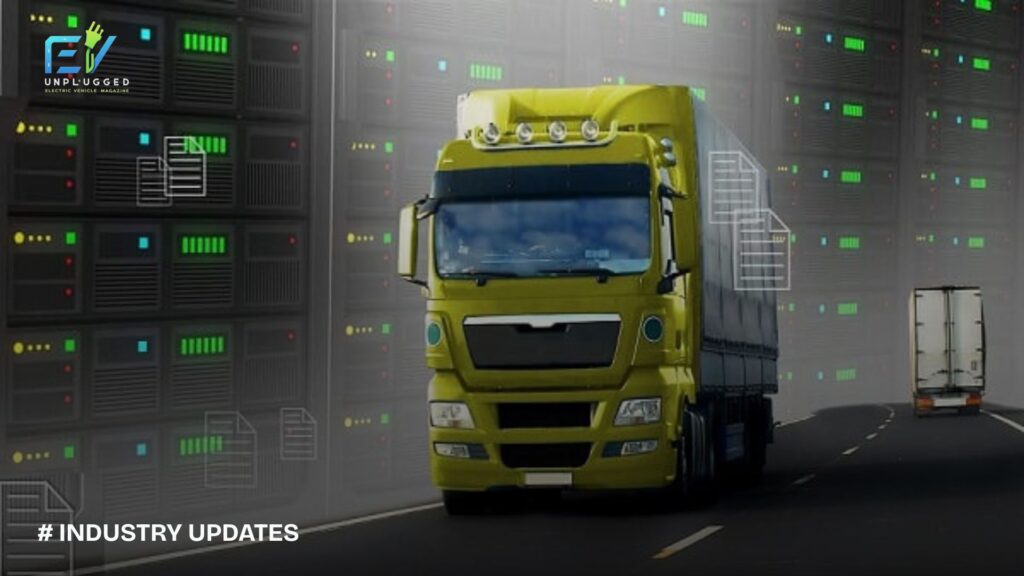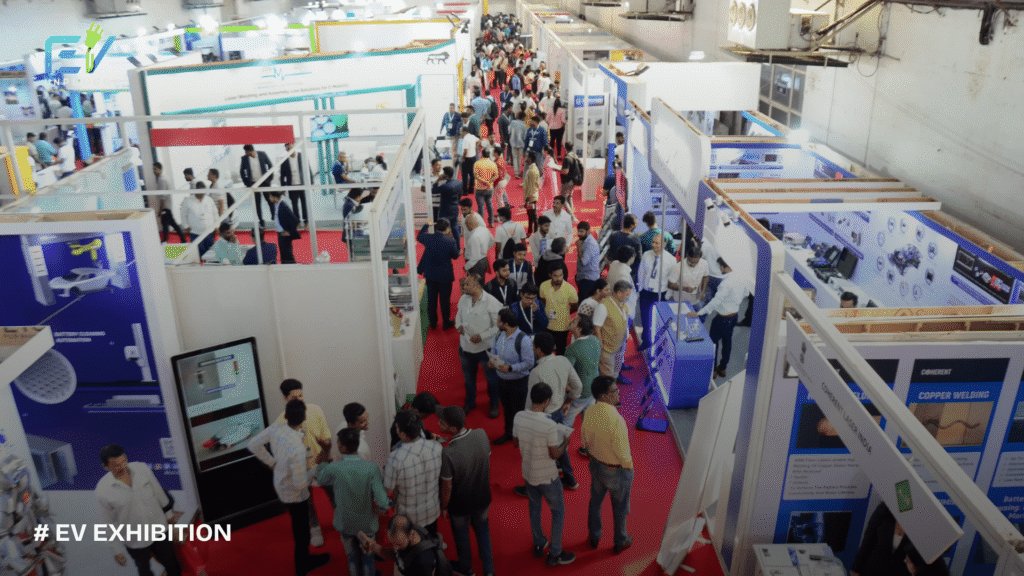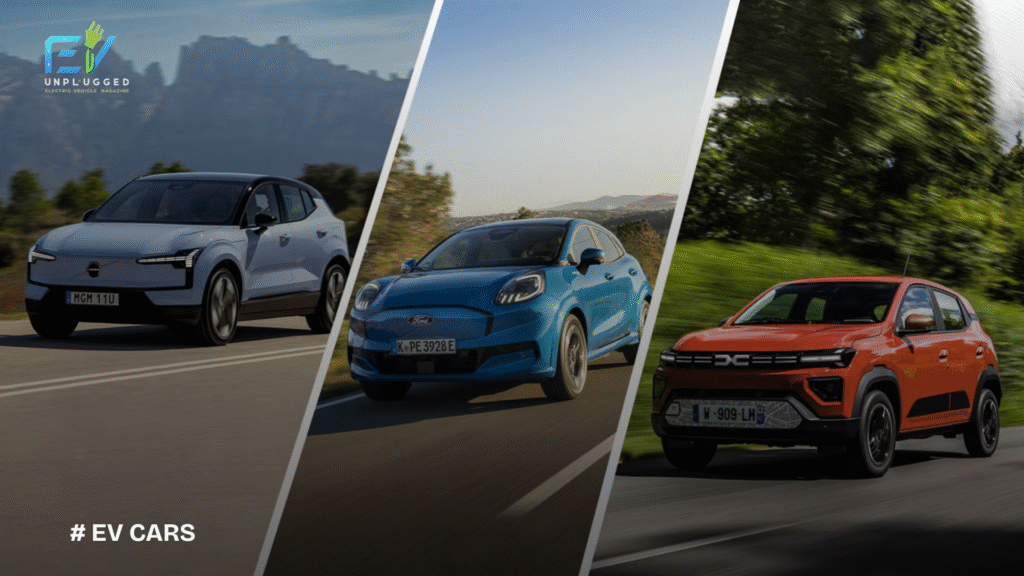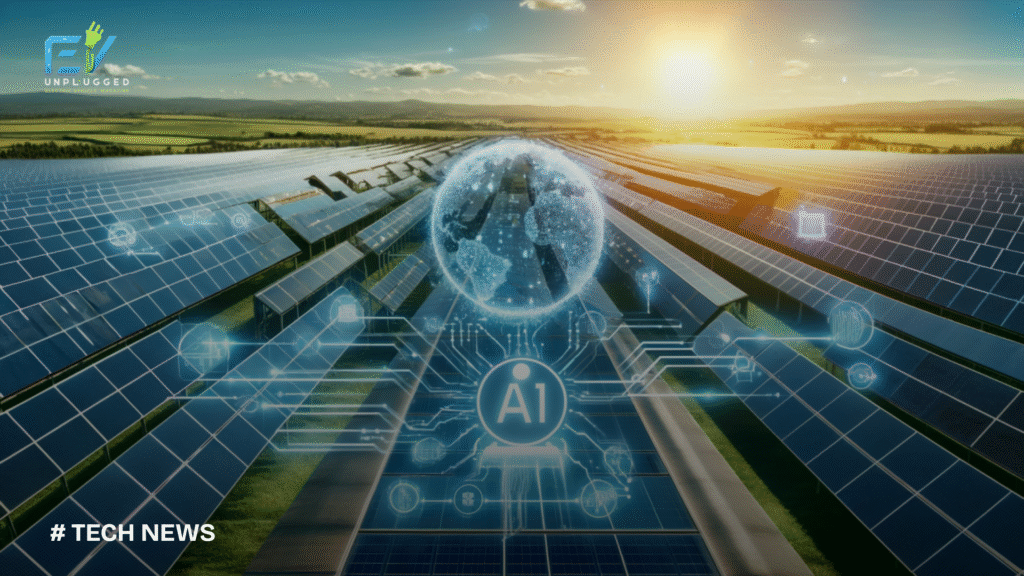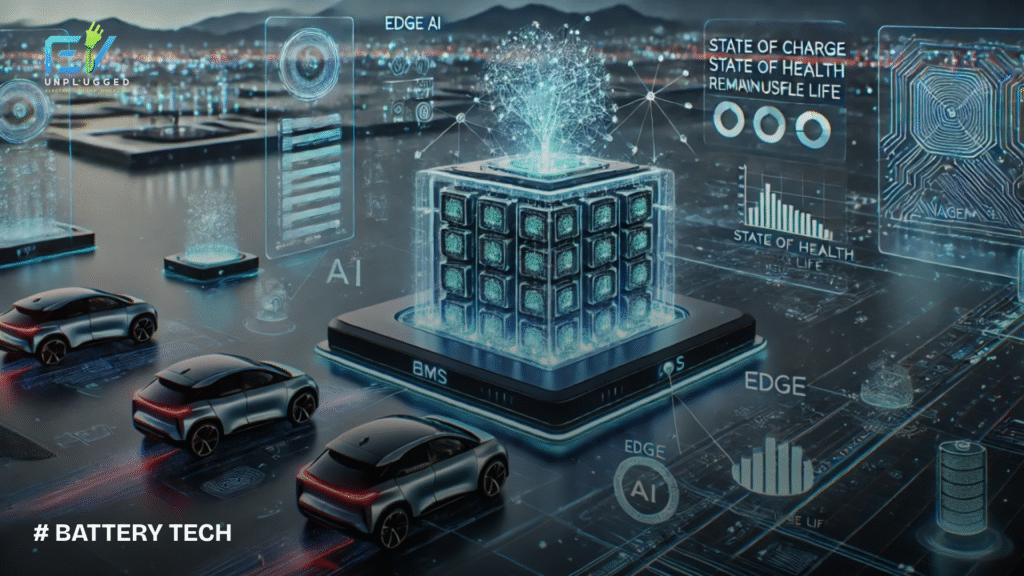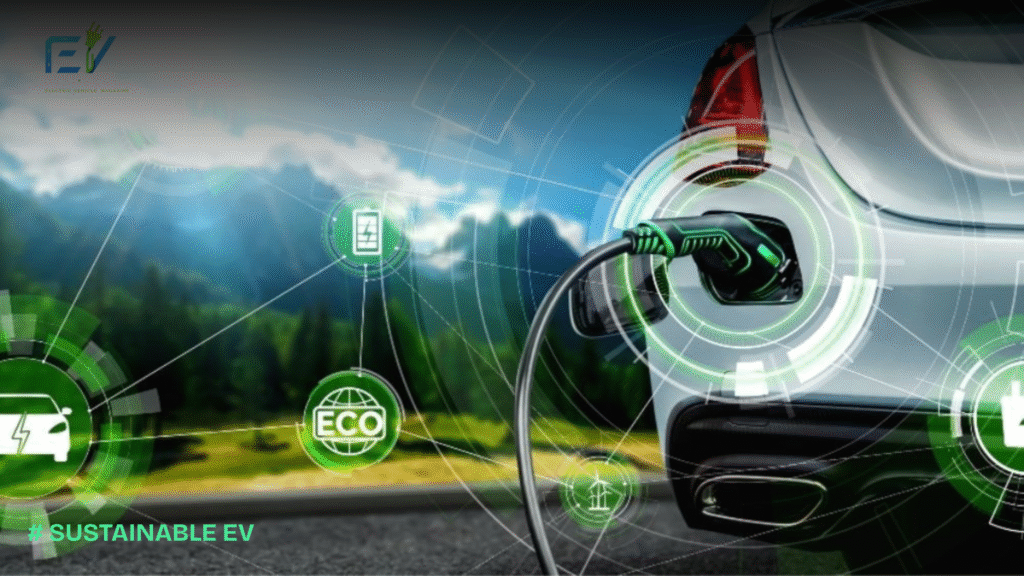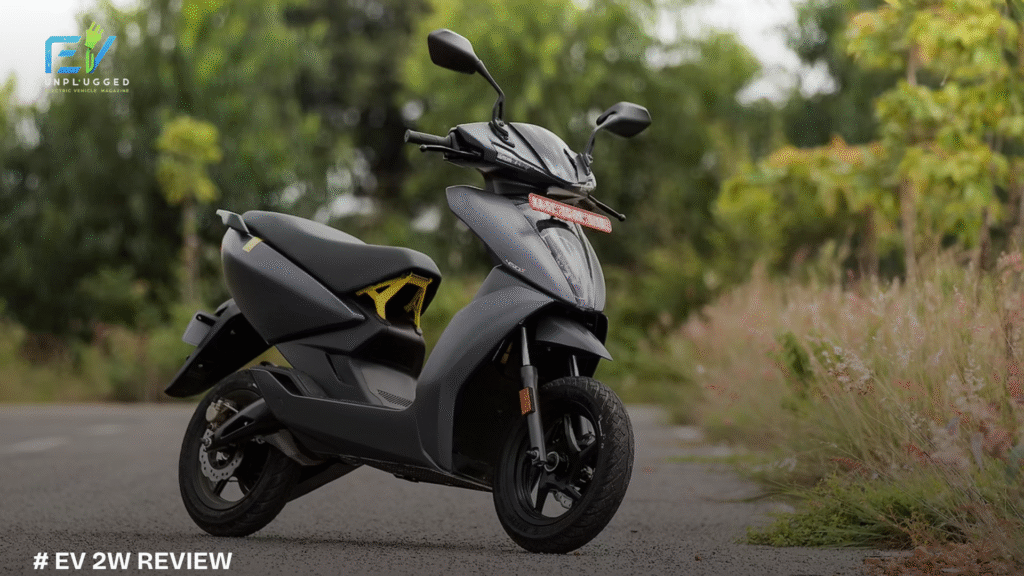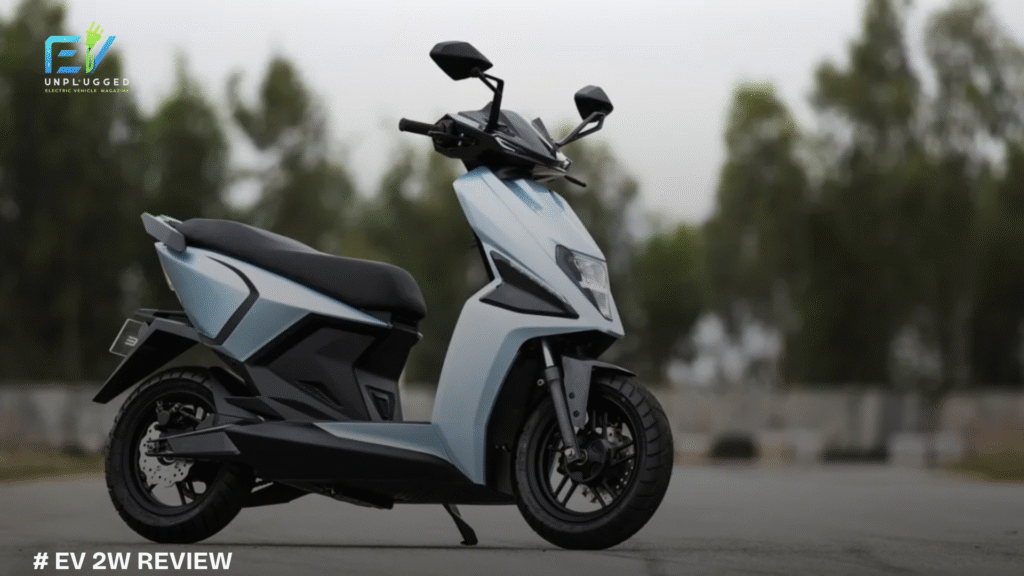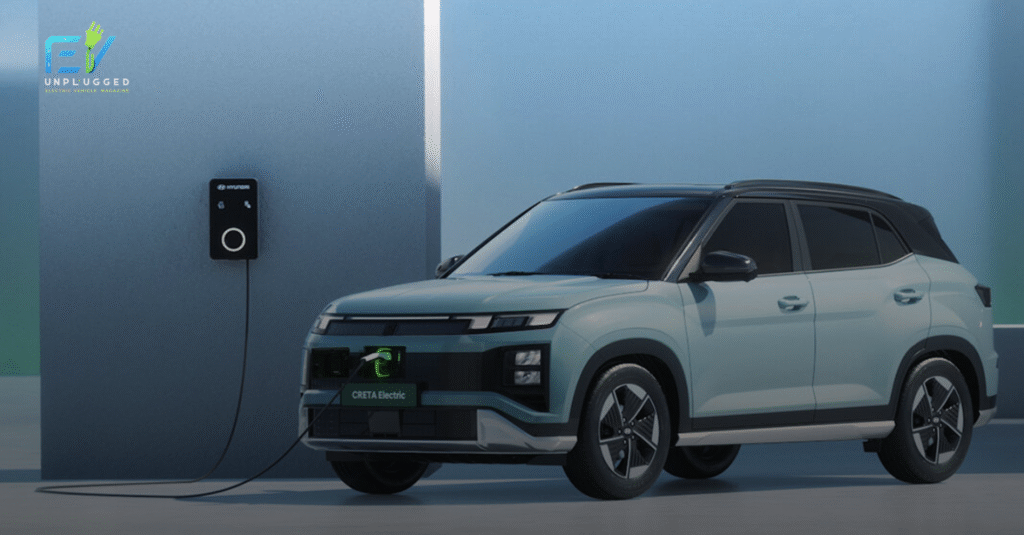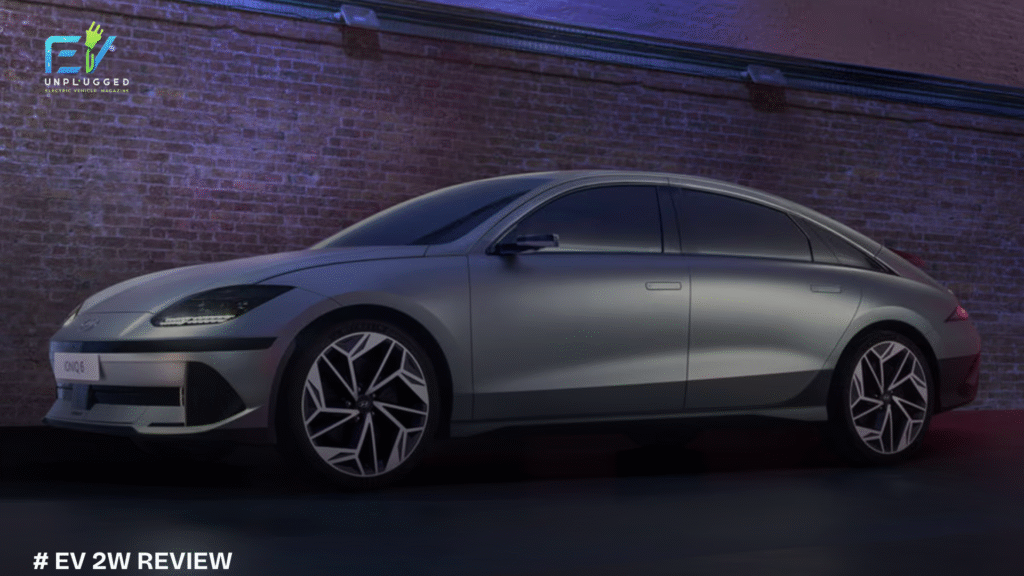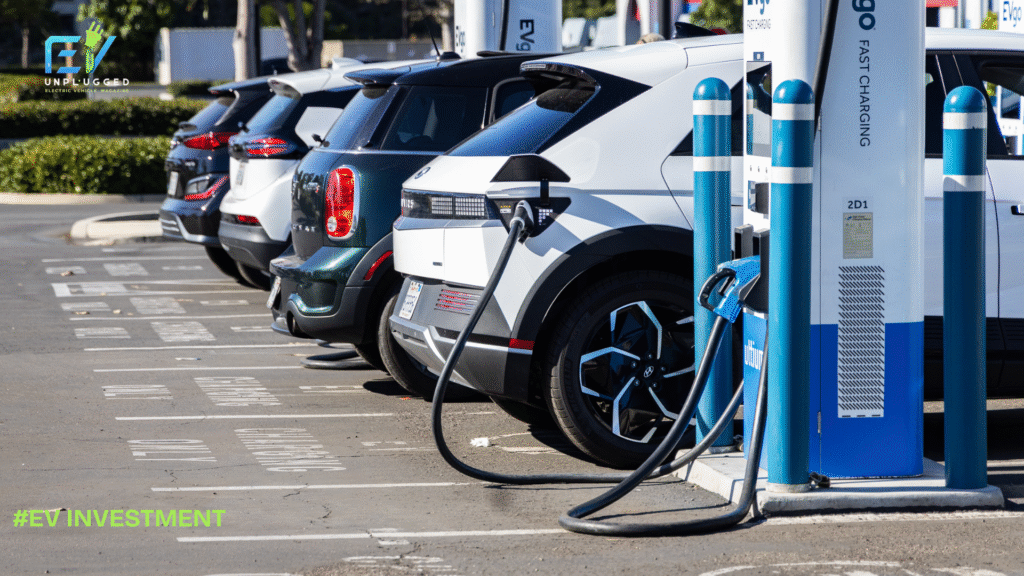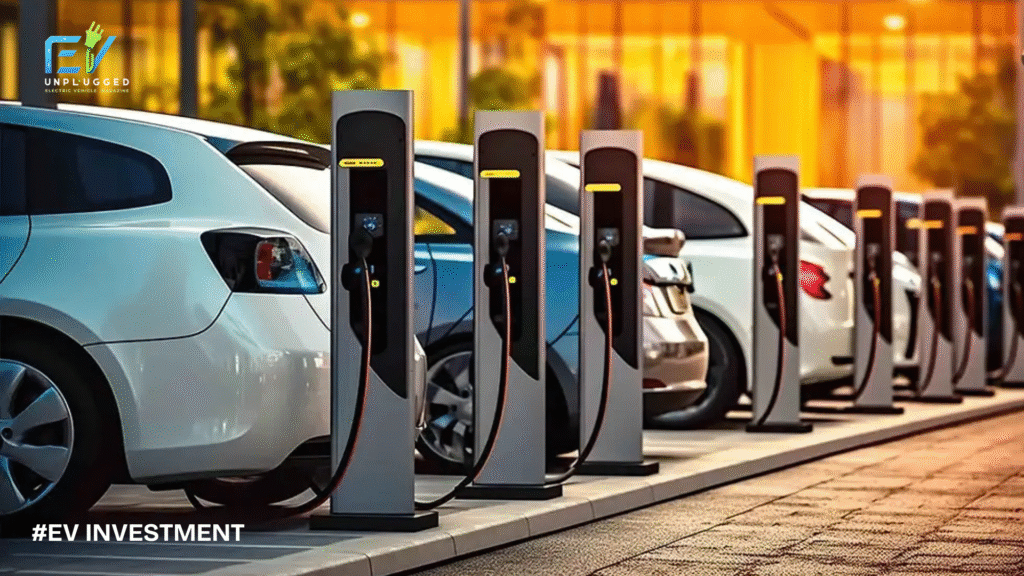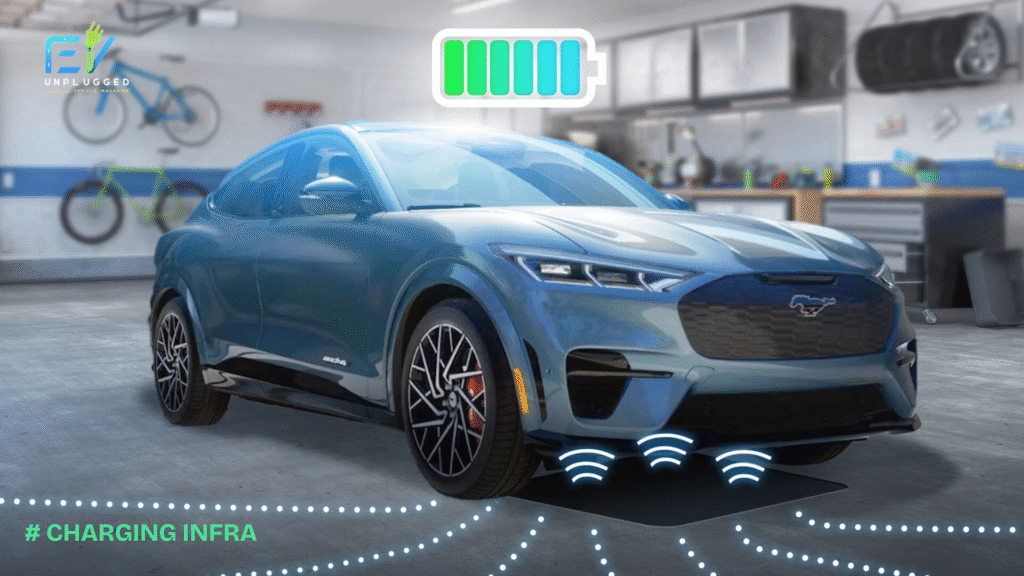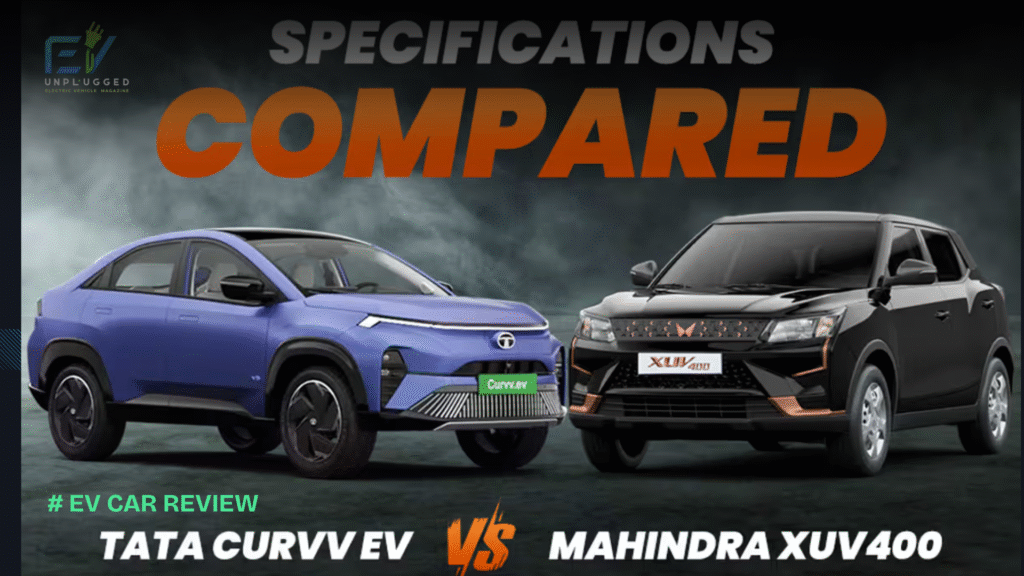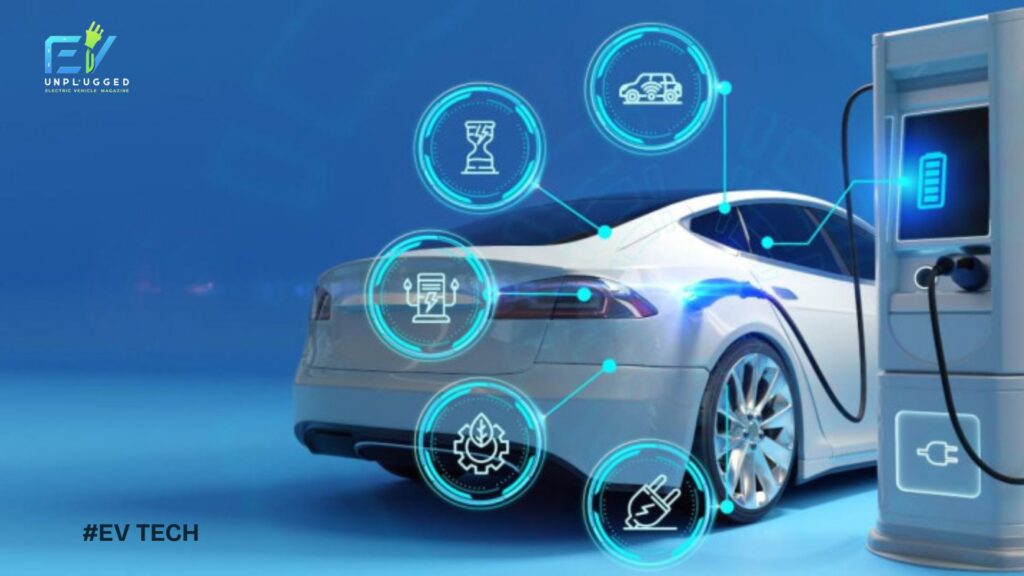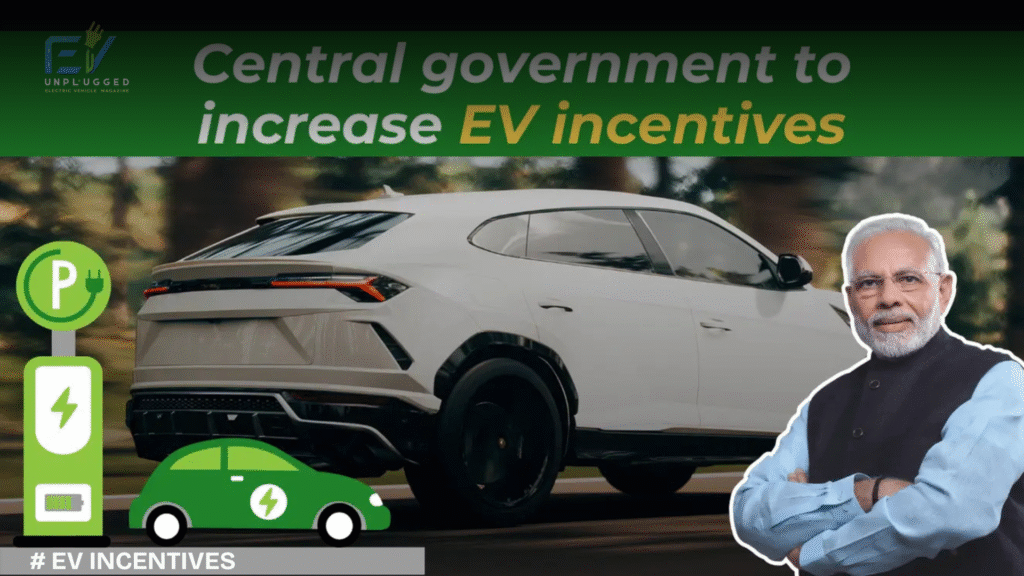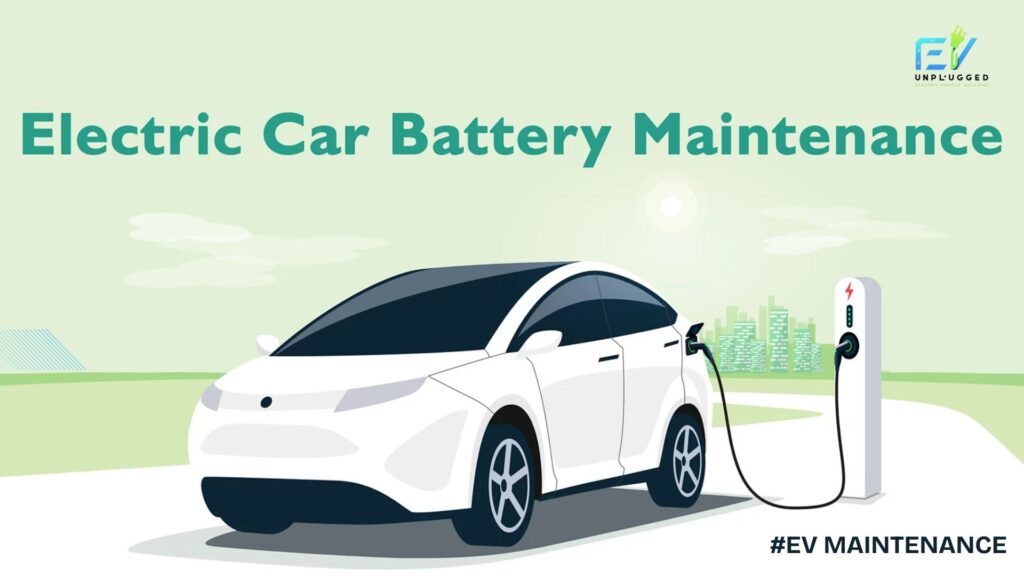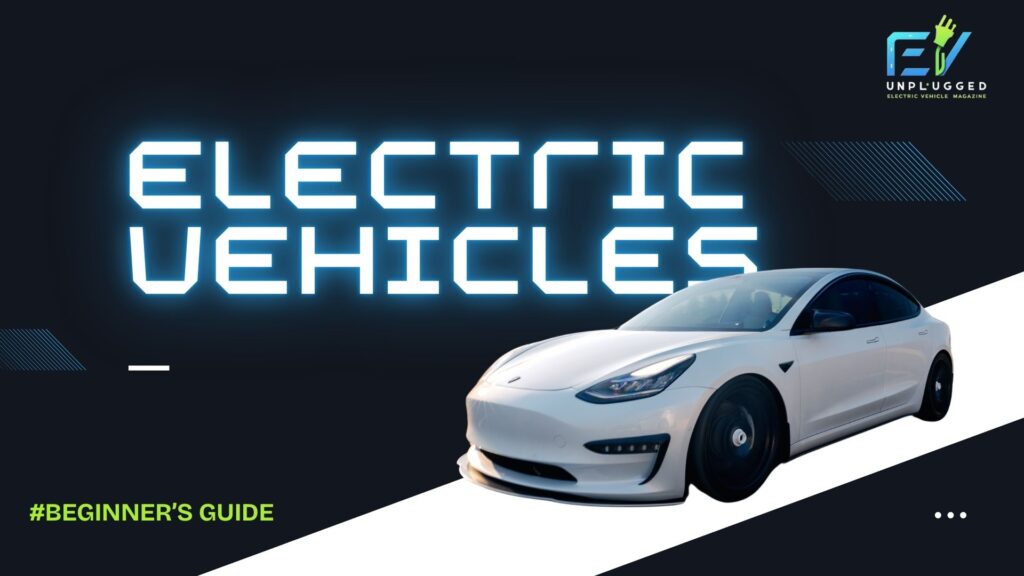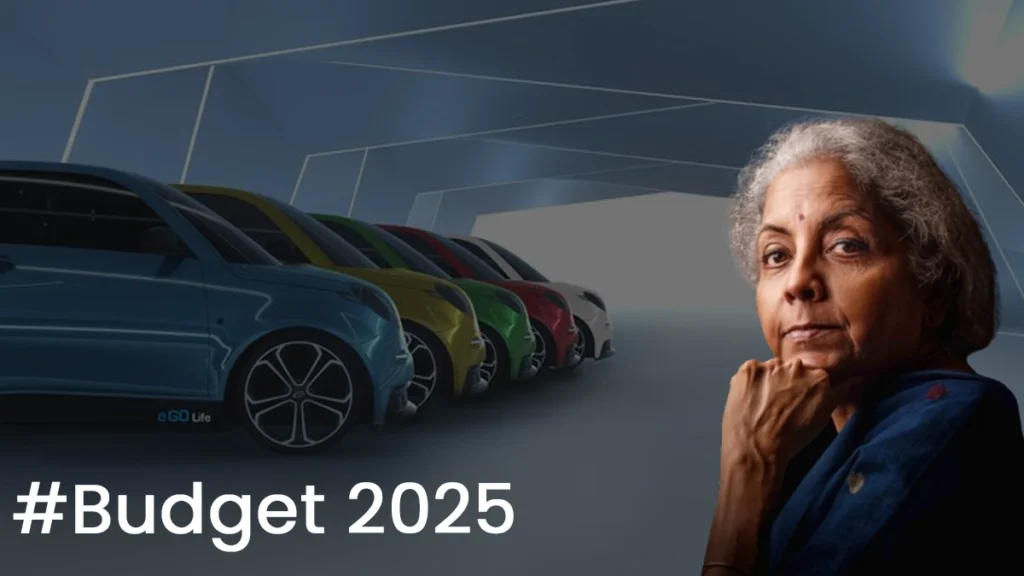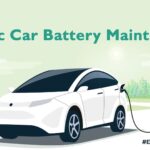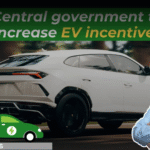Best EV Technology in 2025: Top Innovations Transforming Electric Vehicles
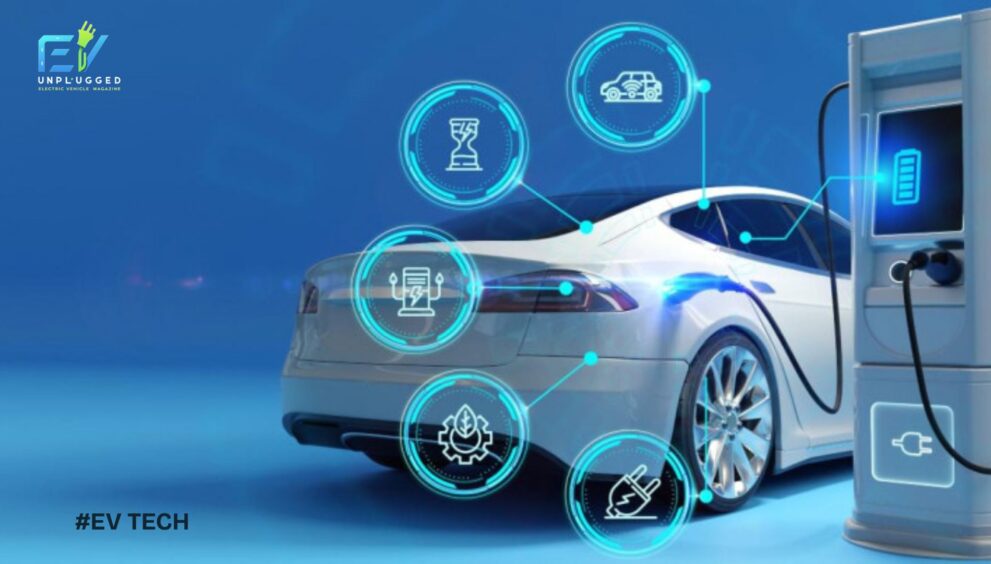
As electric vehicles become mainstream, 2025 is proving to be a landmark year for EV technology 2025. From ultra-fast charging to AI-powered features and advanced battery systems, today’s EVs are more efficient, intelligent, and sustainable than ever. This guide covers the best EV technology in 2025 that is shaping the future of mobility.
The evolution of electric vehicles (EVs) is not just limited to technological advancements. Consumer preferences and environmental concerns are driving a paradigm shift in the automotive industry. The adoption of EVs is set to reshape our cities, improve air quality, and contribute to sustainability goals. This transformation is fueled by a combination of innovative technologies and a growing commitment from both manufacturers and consumers to embrace cleaner alternatives.
As we delve deeper into the innovations characterizing EVs in 2025, it’s essential to understand how each technological advancement contributes to a more sustainable and efficient future. This not only includes the performance improvements but also the overarching impact these technologies will have on our daily lives and the environment.
Imagine a scenario where you can charge your EV in minutes rather than hours, allowing for seamless travel and reduced downtime. For example, if you’re on a road trip, the ability to recharge to 80% in under 15 minutes can change how we plan our journeys entirely. This innovation will likely lead to the widespread adoption of electric vehicles as people prioritize convenience alongside sustainability.
1. Solid-State Batteries – The Future of EV Energy Storage

Furthermore, the increased energy density translates to longer driving ranges. For instance, while the current range of many EVs is around 300 miles, solid-state batteries aim to push this figure significantly higher, possibly exceeding 500 miles on a single charge, making long-distance travel more feasible and appealing.
Solid-state battery technology has emerged as a game-changer in EV battery innovation. This new technology holds the potential to transform energy storage in vehicles, offering numerous benefits that could enhance the overall driving experience:
- Faster charging times (0 to 80% in under 15 minutes)
- Increased energy density for longer range
- Reduced risk of overheating or fire
- Longer battery lifespan with fewer degradation issues
2. Ultra-Fast Charging Tech: Powering the Future
These batteries are designed to operate safely even under challenging conditions, reducing the risk of overheating and increasing consumer confidence in electric vehicles. This safety enhancement could play a significant role in public perception and acceptance of EVs, addressing concerns that have historically hindered widespread adoption.
As the demand for electric vehicles rises, so does the urgency for robust charging infrastructure. Ultra-fast charging technology is vital in making EVs not just an alternative but a preferred option for many consumers.
Fast charging technology in 2025 is no longer a luxury—it’s the norm:
- Charging speeds of up to 350 kW
- Can add 200–300 km of range in under 10 minutes
- Integration with V2G (Vehicle-to-Grid) capabilities
Imagine a world where charging stations are as ubiquitous as gas stations, with convenient access to ultra-fast chargers that allow you to power up your vehicle while you grab a coffee or take a quick break. This kind of infrastructure will be essential in decreasing range anxiety, a common concern for those considering transitioning to electric vehicles.
3. Regenerative Braking 2.0: Recovering Energy Like Never Before

The integration of V2G (Vehicle-to-Grid) capabilities represents a significant advancement. This technology allows EVs to not only draw power from the grid but also to return stored energy when demand is high, effectively acting as a distributed energy resource. This can help balance the grid during peak usage times, providing a dual benefit of energy efficiency and economic savings for EV owners.
The evolution of regenerative braking systems in EVs demonstrates how technology can enhance efficiency and driving enjoyment simultaneously. By incorporating AI into regenerative braking, modern vehicles can adjust their energy recovery based on driver behavior.
EVs are leveling up regenerative braking with AI assistance:
- Improved energy recovery rates
- Smart adjustment based on driving patterns
- Smoother ride and extended brake life
- Now comes with customizable regen levels
4. AI-Powered Smart EV Systems: The Future is Here
Modern EVs in 2025 are smarter than ever thanks to artificial intelligence:
For example, if a driver is prone to sudden stops, the system can preemptively increase energy recovery during deceleration, optimizing the efficiency of the braking process. This not only improves energy recovery rates but also prolongs the lifespan of braking components, leading to lower maintenance costs over time.
- Predictive route planning with charging stop optimization
- Real-time diagnostics to prevent failures
- Adaptive cruise control with lane-level precision
- AI-based energy management systems improve range
The integration of AI in EV systems is transforming how we interact with our vehicles, making them more intuitive and responsive to our needs. AI-powered systems are capable of learning from user preferences and adjusting functions accordingly for a more personalized driving experience.
5. Wireless Charging for EVs: Charging Made Easy
A growing number of EVs now support wireless inductive charging:
- Park and charge—no cables needed
- Great for fleets, public charging zones & smart homes
- Emerging support from Hyundai, BMW, and Nio
6. Bi-Directional Charging (V2G & V2H): Empowering Energy Independence
For instance, a predictive route planner can analyze traffic patterns and charging station availability in real-time, allowing drivers to make informed decisions about their routes and charging needs, enhancing both convenience and efficiency.
Vehicle-to-Grid (V2G) and Vehicle-to-Home (V2H) systems are enabling EVs to become energy storage solutions:
The convenience of wireless charging cannot be overstated. With advancements in inductive charging technology, EV owners can simply park over a charging pad and let the vehicle charge automatically. This innovation is especially beneficial in urban environments where space is limited.
- Feed energy back to the grid
- Power homes during outages
- Reduce energy costs during peak hours
7. Advanced Driver Assistance Systems (ADAS): Safer Roads Ahead
Moreover, wireless charging systems can be integrated into smart city infrastructure, such as at traffic lights or parking spaces, allowing for continuous charging while the vehicle is in motion or stationary. This could fundamentally change how we think about energy consumption in transportation.
ADAS in EVs are getting better with improved sensors and AI:
- Autonomous parking
- Collision avoidance
- Lane-centering assist
- Adaptive headlights & pedestrian alerts
The rise of bi-directional charging presents EV owners with a unique opportunity to manage their energy usage more effectively. Vehicles equipped with V2G technology allow owners to sell excess energy back to the grid, effectively turning their cars into energy assets.
8. OTA Updates & EV Software Integration: Always Up-to-Date
Over-the-air (OTA) updates are keeping EVs future-ready:
- Remote software patches for performance and features
- Reduce the need for service center visits
- Tesla, Rivian, and Tata leading in OTA integration
This capability can be particularly beneficial in regions with fluctuating energy prices, allowing consumers to profit from their electric vehicles while supporting grid stability. It empowers users to take control of their energy consumption and costs.
9. Green Materials & Sustainable Design: A Greener Future
ADAS technologies are continually evolving to enhance vehicle safety and driver comfort. As these systems become more sophisticated, they utilize a combination of advanced sensors and machine learning algorithms to assist drivers in real time.
EV tech is now incorporating eco-friendly materials and sustainable production:
For example, autonomous parking systems can take over the steering, acceleration, and braking to navigate tight spots, while collision avoidance technologies utilize sensors to alert drivers of potential hazards, significantly reducing the chances of accidents.
- Use of recycled aluminum, ocean plastics, and vegan leather
- Modular vehicle platforms for easier recycling
- Lower lifetime carbon footprint per vehicle
Final Thoughts: Embracing the EV Revolution
EV technology in 2025 is evolving at lightning speed—driven by innovation in batteries, AI, smart systems, and sustainable practices. Whether you’re an EV owner or enthusiast, staying informed about the latest electric vehicle technology is the key to embracing the future of green mobility.
The ability to receive OTA updates ensures that EVs can continually improve their performance and features without requiring a visit to a service center. This is particularly important as manufacturers introduce new functionalities and enhance existing systems to keep pace with consumer expectations.
For EV owners, this means that the vehicle can benefit from the latest improvements in software technology, enhancing everything from battery management to infotainment systems, and ensuring a cutting-edge driving experience.
The automotive industry is increasingly focused on sustainable practices, and the use of green materials in EV manufacturing is a step in the right direction. For instance, the incorporation of recycled materials not only reduces waste but also minimizes the carbon footprint associated with vehicle production.
Furthermore, sustainable design practices extend beyond materials and involve the entire lifecycle of the vehicle. Companies are now considering end-of-life recyclability and implementing modular designs to streamline the recycling process, ensuring that materials can be reused effectively.
The advancements in EV technology in 2025 illustrate the industry’s commitment to creating a sustainable future. As we witness these innovations, it is crucial for consumers to stay informed and engaged, understanding the implications of these technologies on our daily lives. This knowledge empowers individuals to make conscientious choices that align with their values and the environmental goals of society.

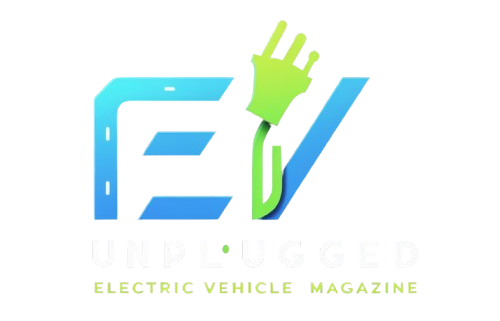
 English
English 